We love to extend the season of flowers by using greenhouses. But when the winters arrive, it becomes difficult to maintain the optimum temperature required for their growth.
Heaters would be the only option till now to keep the greenhouse warm and your flowering plants smiley. However, the majority of greenhouse heaters run on electricity. And this will not only cost you extra but also consume a lot of energy.
But do you know we can still maintain the optimum temperature without these electric heaters?
Wait! Without electricity! But how?
You must be feeling surprised to know. But, yes, many exciting ways help to keep your greenhouse warm even in frosting conditions.
These ways will not only cut down the cost but are also eco-friendly. So, let’s check out these exciting ways of keeping the greenhouse warm without electricity.
Tips to Heat a Greenhouse Without Electricity in Winter
The following are the best tips to heat a greenhouse without electricity.
Increase Humidity
Humidity is one of the critical factors that help to maintain the heat in the greenhouse. It acts as the charger, which traps the energy during the day time and emits heat during night time.
Thereby, increase the heat in the greenhouse is good for plant growth. But don’t increase the humidity too much as it may affect the growth of the plants.
Thus, make sure to ventilate the greenhouse at a regular interval of time.
Insulators-Trap the Heat That Already Exists
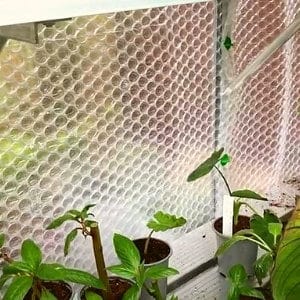
Another most impressive way of heating the greenhouse is insulators. The greenhouse stores heat released by the plants. Thus, we can trap this heat and prevent it from escaping by using insulators.
You must be thinking which insulator is best. Ideally, you can use bubble wrap, polyethylene covers, and glass panels as insulators that hang on the heat inside the greenhouse and keep the plants healthier.
While applying, make sure that there is no gap between the greenhouse walls edges. This is because the heat may escape even from the small hole too.
Propane Heaters
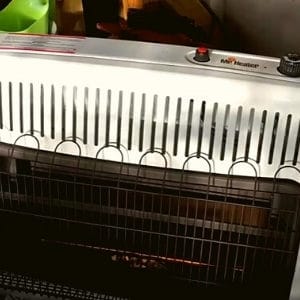
If you still believe that heaters are best to heat the greenhouse, then instead of electric heaters use propane gas heaters. These are eco-friendly and energy-efficient. And the best part is it won’t run on electricity.
Another most important benefit of using these propane heaters is, they release carbon dioxide. The released carbon by these heaters will be used for photosynthesis by the plants.
Solar Power-Trap the Energy of the Sun to Heat a Greenhouse
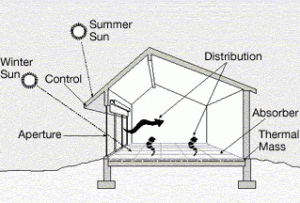
If you want to save more energy, then solar power heaters or solar panels would be a great option. However, solar panels are quite expensive, but it’s a long-time investment. The energy trapped by the sun can be converted into electricity, which you can use to heat the greenhouse.
On the other side, these solar panels only work when the sunlight is sufficient and would not work if the sun never shines for weeks. So, it must be an ideal option for those areas where sunlight is sufficient to trap.
Earthworms

Wait, what! earthworms? How do these tiny creatures contribute to heating the greenhouse?
Well, you may have heard that earthworms are the friends of farmers. They play a vital role in creating burrows and add humus to the soil.
But now new research shows that these tiny creatures emit carbon dioxide, nitrogen dioxide, and other greenhouse gases. And these greenhouse gases help to heat the greenhouse too.
Moreover, the greenhouse gases released by them are used by the plants for photosynthesis. And the most exciting thing is you don’t need to spend extra bucks for them.
Composting
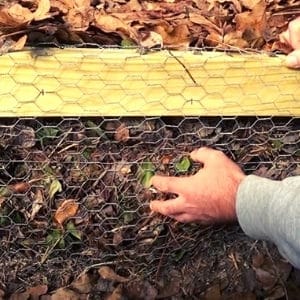
Creating compost from vegetable waste material is also a great way of keeping the greenhouse warm and growing your plants in any season. The compost performs a dual function. It enriches the soil with vital nutrients and releases greenhouse gases that help to heat the greenhouse correctly.
Composting is a one-time investment. It doesn’t consume energy and is not even more expensive than other ways of heating the greenhouse. Moreover, it also helps to improve the texture of the soil and increase its fertility too.
Use Heated Beds that are Power-Free

While using the above-mentioned tricks to keep the greenhouse warm, it is necessary to use power-free heated beds. You can use them on the roof wall and garden beds. It helps in maintaining the tropical temperature that is ideal for plant growth.
The solar water pipes on the garden beds help to circulate consistently in the greenhouse. Not only this, but it also helps in irrigating the plants inside the greenhouse.
The greenhouse with solar water heating pipes helps grow the vegetables and plants constantly during the winter season too.
This method of heating the greenhouse is cost-effective and highly energy-efficient. So, it won’t harm the ecosystem too.
The greenhouse with solar water fitted beds is ideal for extending the season of plants.
Poultry Birds
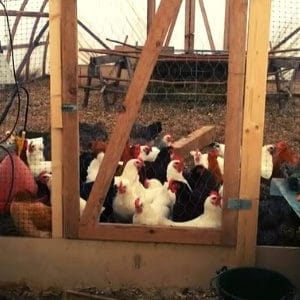
The next best idea to heat the greenhouse without electricity is poultry birds like chickens.
But poultry birds?
Yes, the poultry birds help keep the greenhouses warm. These birds emit body heat and carbon dioxide, which help to keep the greenhouse environment warm.
And the carbon-dioxide released by them is used by the plants in photosynthesis.
Another benefit of keeping these birds in the greenhouse is they eat up the unwanted insects that may damage the vegetable plants.
And the best part is you will also provide them a safe place to lay eggs.
Word Wrap
In the winter season, the temperature may drop to zero or even less sometimes. Then it is challenging to keep your plants safe and healthy even in your greenhouses.
Thus, we need to use an alternative to keep the greenhouse warm and capable of maintaining the health of plants.
So, in this article, we’ve covered some interesting ways of keeping your greenhouses warm and extending the season of your plants.
But the best thing about these tips is they all are energy-efficient and cost-effective. You can use them freely without putting in the extra effort.